The career of the photographer and filmmaker Robert Frank stands in direct antithesis to the characteristics of his native Switzerland. Switzerland sucked the air out of him, he claimed, through its orderliness, decorum, neatness and predictability.
As R. J. Smith’s vivid biography explains, Frank displays none of these traits. Just as coming to America was a form of escape, so he has never remained content with one genre or style of work — despite, or perhaps because of, the huge, influential success of The Americans, his photographic portrayal of a divided nation full of contradictions. Smith is adept at reading the visual language of Frank’s images and films, but this biography is, above all, an inquiry into what makes this talented, private, curmudgeonly and loyalty-inspiring man tick.
The Americans, published first in France in 1958, and the following year in the United States, is the work (as he promised in his successful application for a Guggenheim fellowship) of a new American recording what he saw on the road. He revelled in the extraordinariness of the ordinary. His method was simple: arrive in a new town; check into a no-star hotel near the bus station; go to Woolworth’s and order a Coke; visit the cemetery, maybe a golf course, and see what turns up. The Americans has no unfolding narrative, but it is unified by its many images of automobiles, symbols of a wide country; of crosses; of windows and of signage — Frank borrows from his one notable American influence, Walker Evans, in this and other respects.
Smith rightly credits Frank’s own influence on later photographers, such as Lee Friedlander and Garry Winogrand, who similarly document the strangeness of America through telling angles and visual juxtapositions. Often shooting from the hip, not looking through the viewfinder, he catches the troubled expressions of those waiting for… something: a funeral cortège to pass; a conversation to begin; a line to start shuffling along; anything to break up monotony.
Race and class are continual presences, but he offers no direct polemic. Smith sets this curious but dispassionate observational practice against the later elaborate staging of narrative photos by, say, Cindy Sherman or Jeff Wall. But in fact, Frank is their precursor too. Many of his social vignettes cannot readily be understood by any viewer: the stances, gestures and glances of the protagonists invite us to invent explanatory stories.
American Witness tackles — head on and brilliantly — the question of what an artist does when they know that they have produced an extraordinary body of work. Frank dreaded repeating himself, and although he continued to photograph occasionally — with a cheap plastic camera or Polaroid — he turned to making experimental art films, each one challenging, each one different. They rely on improvisation and eschew Hollywood style. Frank has described his film-making as a way of finding out what his limits are — a personal as well as aesthetic principle that has governed his art-making throughout his life.
Frank, Smith shows us, had a knack for being around interesting people, and for blending in. The Americans led to a road trip with Jack Kerouac, whose On the Road had just been published. Both admired spontaneity; relied, as artists, on the response of the unconscious. He was friends with Allen Ginsberg and other Beat writers, and the very young Bob Dylan makes a cameo appearance. His photographs grace the sleeve of Exile on Main Street, and he toured with the Rolling Stones, making Cocksucker Blues — a film thick with smoke, sleaziness, and the boredom, the funlessness of a rock tour.
Yet Frank excelled at remaining on the periphery. He found freedom in being a spectator of the ever-shifting New York art scene, and however sharp his visual instinct for photographic composition when shooting both still and moving images, relied enormously on his subjectivity. On several occasions, he has invoked the importance to him of Saint-Exupéry’s words in The Little Prince: ‘It is only from the heart that one can see rightly/What is essential is invisible to the heart.’
As if taking his own cue from these lines, R. J. Smith portrays a man of intense emotion and considerable obliquity. Frank certainly gave Smith no assistance, no interviews, no permission to reproduce images (many of which are, however, readily visible online). But the challenges this posed have ultimately served the biography well. It is constructed from shards of previously printed conversations; reminiscences of Frank’s friends and former friends; and deep immersion in both still images and film.
American Witness is brought together by Smith’s writing, which has the pace and fizzing turn of phrase of Tom Wolfe at his best. The end result is something like Frank’s late photocollages, all angles, different tones, different points of view. It’s an ideal mode for conveying this compelling picture of a highly private, creatively restless man of intransigent integrity.
Got something to add? Join the discussion and comment below.
Get 10 issues for just $10
Subscribe to The Spectator Australia today for the next 10 magazine issues, plus full online access, for just $10.
You might disagree with half of it, but you’ll enjoy reading all of it. Try your first month for free, then just $2 a week for the remainder of your first year.

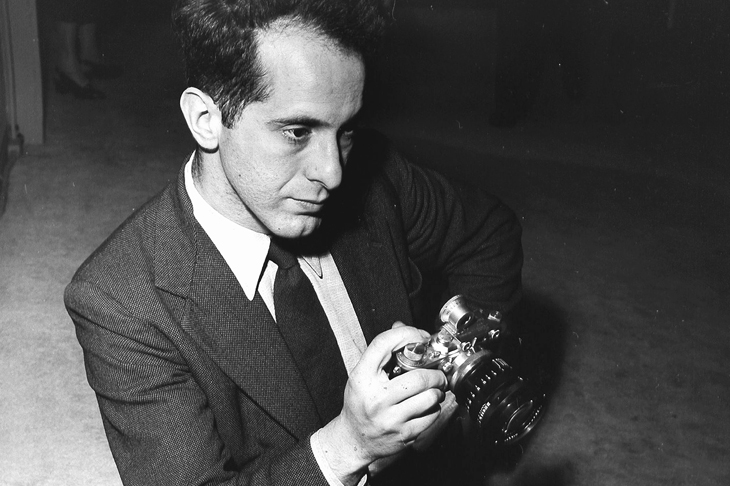
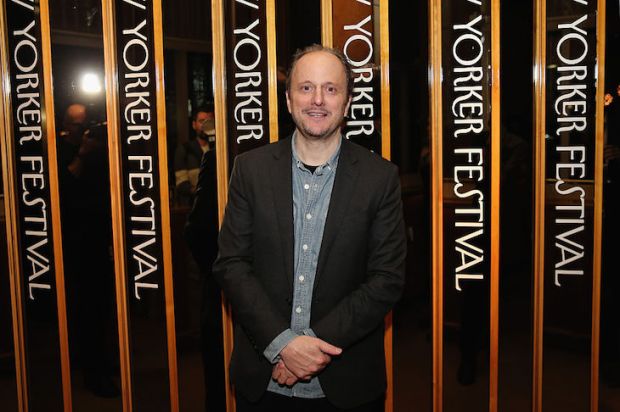
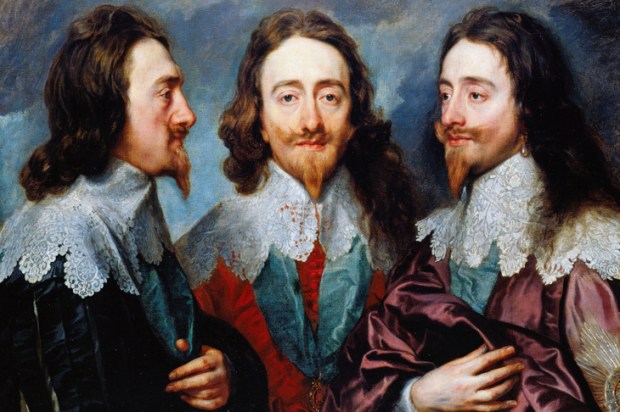
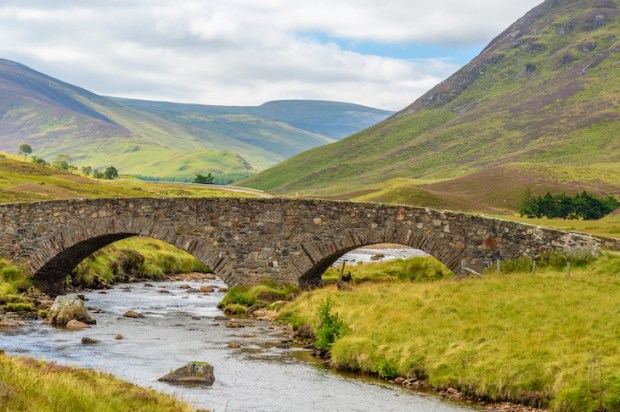
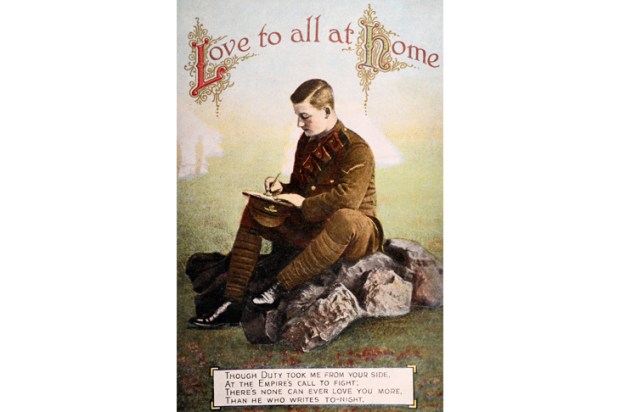
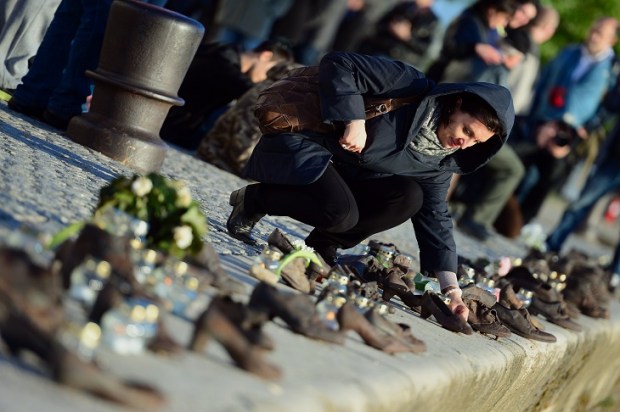
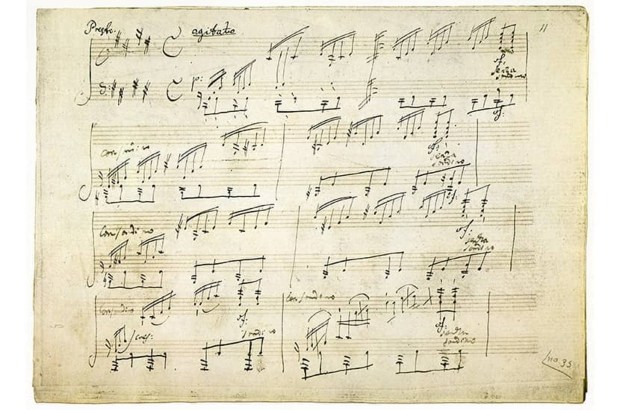






Comments
Don't miss out
Join the conversation with other Spectator Australia readers. Subscribe to leave a comment.
SUBSCRIBEAlready a subscriber? Log in